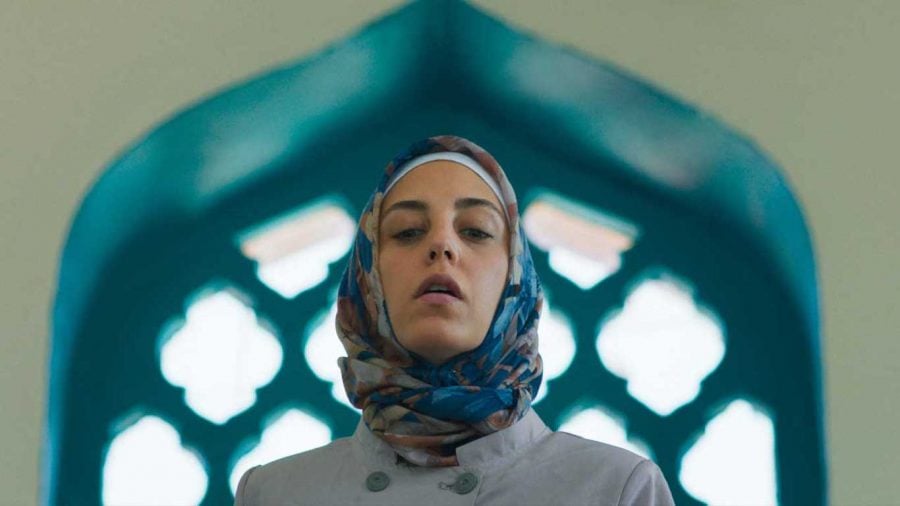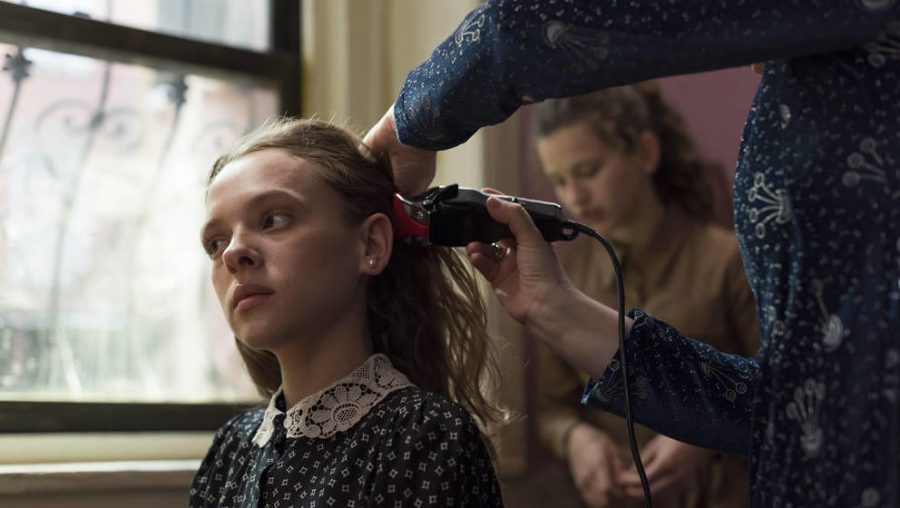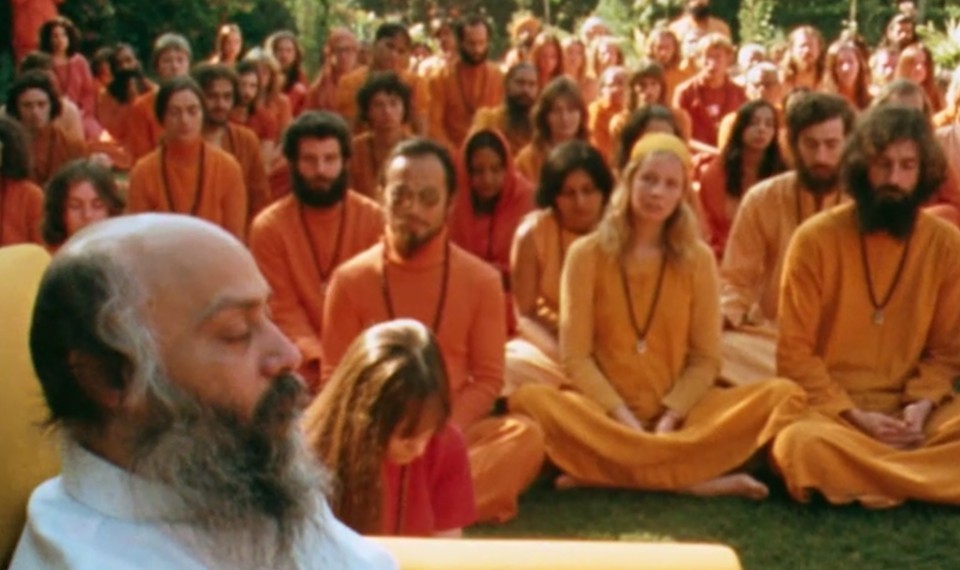Junji Ito Maniac: Japanese Tales of the Macabre

6.9
TV Show
TLDR
As a new viewer, I’m still fairly scared, but it really varies from episode to episode.
What it's about
The take
After decades of terrifying tales, it’s no wonder that Junji Ito developed a cult following internationally, big enough for a streaming giant like Netflix to invest in a brand new adaptation. Junji Ito Maniac: Japanese Tales of the Macabre is fairly faithful to its source material, keeping the plot points of supernatural beings and spine-chilling body horror in its selected twelve tales. That being said, being an anthology, the selection in Junji Ito Maniac greatly varies on how scary it is. On top of this, the series’ art style, made more cleanly for easier animation, is simply less scary than the black-and-white, shadowy sketches from the original manga. New and younger viewers might still get a thrill from the latest anime rendition of Junji Ito’s stories, though older fans might find that it pales to the original.
What stands out
When adapting a manga, sometimes anime adaptations would adjust the art style to make it more or less detailed, depending on the studio’s budget, time frame, and artists on board. The biggest change would be to turn the original black-and-white frames into color. Junji Ito Maniac: Japanese Tales of the Macabre adds color and simplified the art style to make it easier to add movement. In one episode, they add 3D animation to add an uncanny effect to the horror element. However, simplifying the art lessens the horror of Ito’s terrifying images, especially when it also mutes the shadows and contrast between the regular characters and the supernatural, fantastical aspects of the story. It makes Ito’s stories more palatable for newbie horror viewers, making it more creepy than downright terrifying.
Comments
Your comment
UP NEXT
UP NEXT
UP NEXT
Curated by humans, not algorithms.

© 2025 agoodmovietowatch, all rights reserved.














